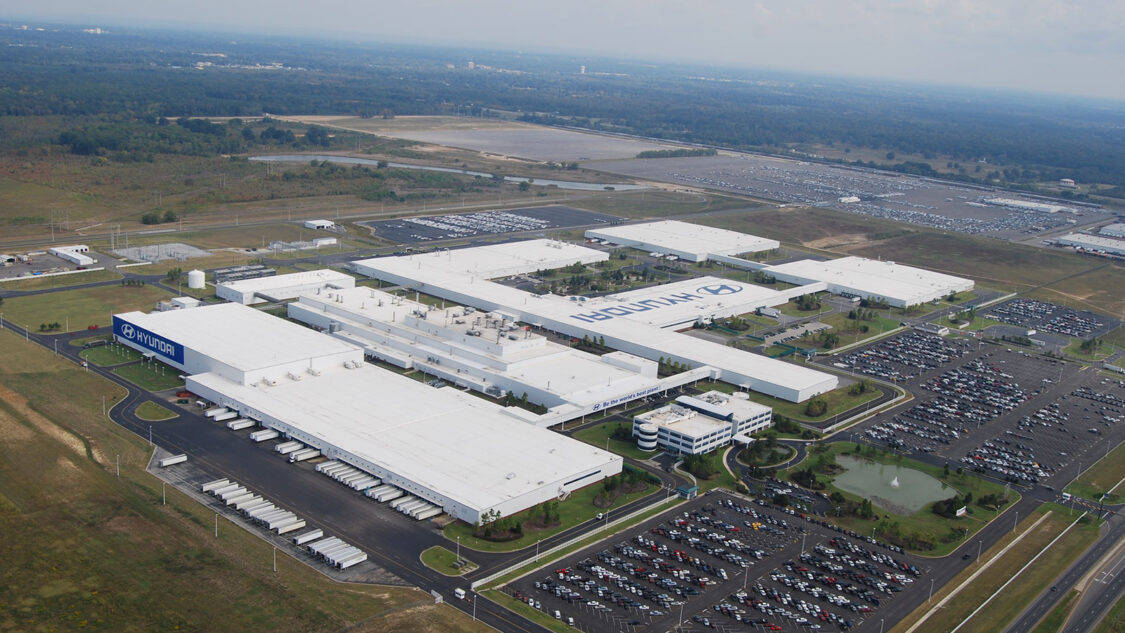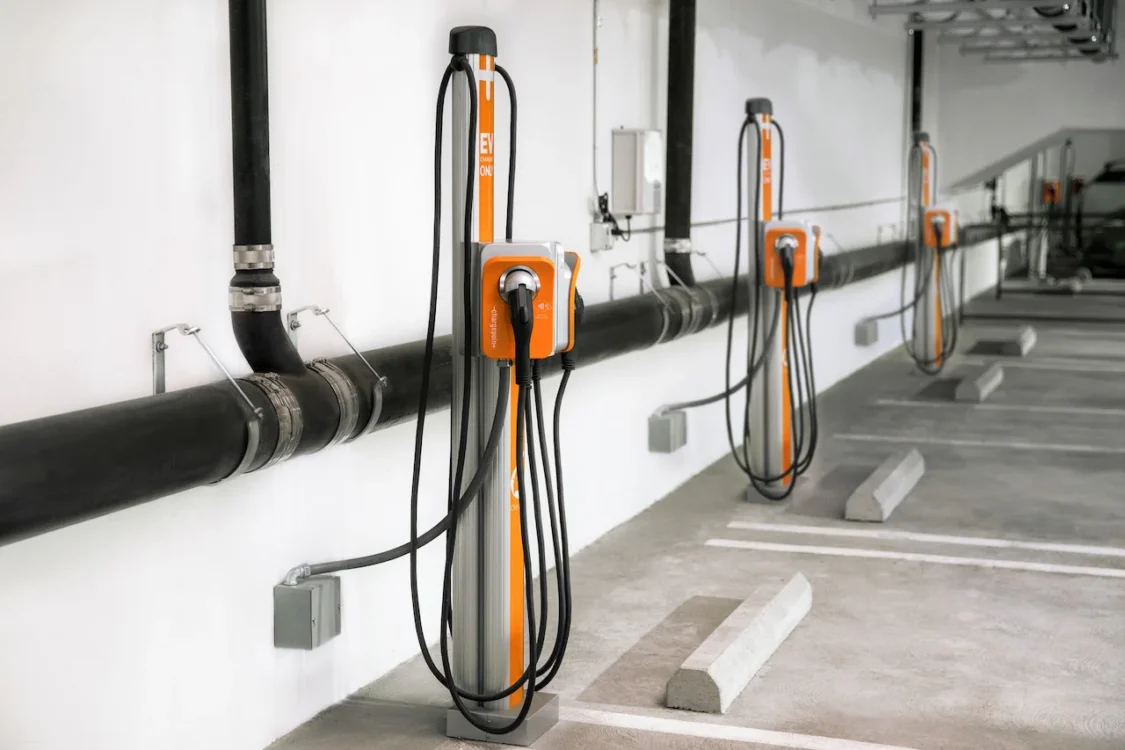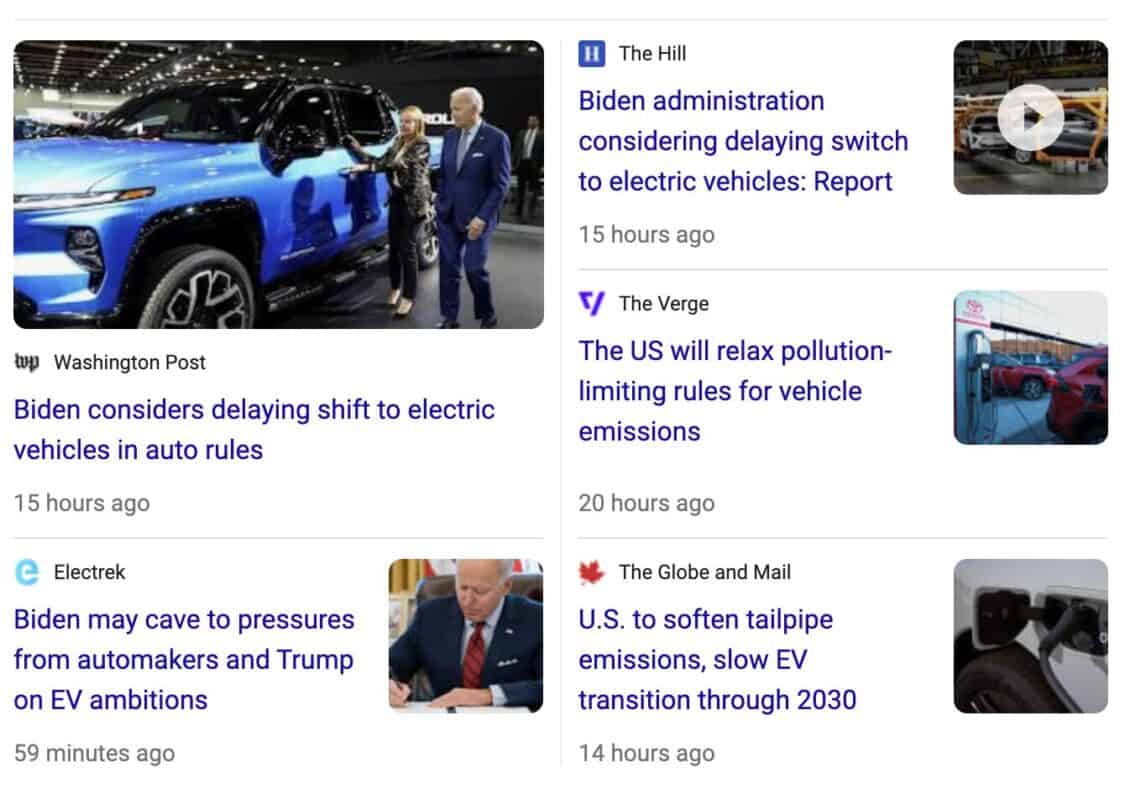- In April 2023, the EPA proposed regulations for 2030 EV sales and tailpipe emissions, but no proposals have been finalized.
- The proposal has not been approved but has gone through changes as automakers voiced their opinions on the status of EV adoption and infrastructure.
- EV sales continue to grow, but not at an unsustainable 40% year-over-year rate.
Politics and electric vehicles are having quite a time during the 2024 presidential election year — and it’s only early March. Readers trying to follow the latest EV news and electric vehicle forecast for 2030 might wonder if both candidates are using EVs to get a vote, or if either is dedicated to the cause of repairing the damage done by toxic tailpipe emissions.
ADVERTISEMENT
EPA Standards and Reality on the Ground
The latest headlines focus on the Biden policy and electric vehicle forecast for 2030. According to headlines, the Biden administration is considering easing the 2030 tailpipe emissions standards and EV sales goals.
In April 2023, the Environmental Protection Agency proposed new standards for vehicle emissions, requiring new vehicles to have 56% emissions reduction by 2032. The EPA also pushed for EVs to make up 60% of new vehicle production by 2032 with a 67% reduction in new vehicle emissions by selling more EV cars by 2030.

Stakeholders Asking for Time
These numbers pushed the United Auto Workers union and the Alliance for Automotive Innovation (AAI) to ask the EPA to give more time with gradual tightening of emissions standards. The AAI represents major automakers including General Motors, Ford Motor Company, Stellantis, Toyota, and Volkswagen. This group claimed the April 2023 EPA standards were unreasonable, especially as electric vehicles accounted for just 8% of sales in 2023.
Experts predict the EPA has listened to automakers and will reduce the expectations for electric vehicles and emissions standards. The AAI CEO John Bozzella said, “Give the market and supply chains a chance to catch up…let more public charging come online, let the industrial credits and Inflation Reduction Act do their thing.”
ADVERTISEMENT
According to The International Council on Clean Transportation, most automakers support EPA rules regarding lower emissions and increased electric vehicle sales. Of the major American automakers, Tesla, Rivian, Volvo, and Lucid support the strongest EPA proposal. Most automakers support the EPA pushing for 50% EV sales by 2030 to match the hoped-for electric vehicle forecast. Ford, Mercedes-Benz, Stellantis, and BMW want a slower move to lower emissions. Only Mazda opposes proposals that push for lower emissions.
Listening to Constituents Isn’t Caving
According to Reuters and the EPA, the proposals are under review to create a rule that is achievable and “secures reductions in dangerous air and climate pollution and ensures economic benefits.” While media outlets are presenting the change as a way for Biden to earn more votes, it doesn’t appear to be the case. Instead, it seems to be a case of giving automakers more time to invest in new standards.
Minimal Changes with Gradual Implementation

The new plan isn’t shelving EVs — they are here to stay. Instead, it is altering the degree of emissions timeline. Rather than wanting a large change all at once, the new EPA emissions regulations are expected to have a gradual requirement. The proposed April 2023 goal was for 60% reductions, while the expected new goal is a 57% reduction, with increases happening gradually. The difference is small and can’t be accomplished without increasing EV sales.
This isn’t a blow to EV sales or Biden. In fact, it shows that the White House and the EPA want to work with the auto industry and listen to their concerns. Caving would be removing the emission goals and letting automakers continue to build cars with no concern for the environment. The Biden administration is doing what the government should — working with citizens to make the country a healthier place to live.
Pathways to Achieve Emissions Goals
Softening the impact of a major change doesn’t mean an incumbent candidate is caving to pressure from voters. It means the current administration is listening to its constituency and giving them what they need to reach goals. The standards still exist, but the Biden White House and the EPA will give automakers gradual goals to achieve the proposed outcome.
Automakers can achieve the EPA’s goals through a variety of routes. They can sell hybrid and plug-in hybrid vehicles. They can also make their internal combustion engines more efficient by adding particulate filters. Remember, anything that happens in the automotive industry happens slowly. President Biden knows this, and the EPA knows this, even with the 2030 electric vehicle forecast.
ADVERTISEMENT
Trump and the EV Industry
A Trump win in November would most likely put an end to any EV industry incentives — which would slow U.S. job creation in the growing EV industry. Instead, he would be indirectly giving more power to the EV industry in Asian and European nations instead.
Trump winning in November would put the kibosh on automotive innovation, with a return to drilling for fossil fuels and no regard for future generations and their environmental needs. He has already promised to increase oil drilling on his first day in office. He also claims that the EV industry is costing jobs in the U.S. — which is only part of the facts, as some factory jobs no longer exist, but more new jobs are on the horizon or already available.

According to Third Way, every EV assembly job created in the U.S. creates 10 more jobs in the EV supply chain. Automakers are busy building battery plants, EV assembly plants, and critical material refineries around the U.S. Innovation is good for the economy, as it creates new industries, improves existing ones, and opens new job opportunities.
The EV industry isn’t removing jobs from the U.S. economy. It’s creating them.
Numbers to Consider

The Biden administration has provided federal subsidies to grow the EV industry. Billions of dollars have gone to expand the public EV charging infrastructure and retool auto factories. The money has also gone to retrain auto workers and provide tax credits for EV sales.
This investment is paying off. According to Vantage Market Research, the EV market in the United States was valued at $46.6 billion in 2023. By 2032, the industry is expected to be worth $158.7 billion.
Achieving the Tipping Point
Electric vehicles have reached the tipping point in the United States, and the 1.2 million EV sales in 2023 prove it. In the 2023 fourth quarter, EVs encompassed 8.1% of the market share — as 317,168 EVs were sold in the U.S. These impressive numbers were up 40% from the fourth quarter of 2022.
Painting a Negative Picture on the Electric Vehicle Forecast for 2030
Despite these impressive numbers, the media continues to report that EV sales are down. This couldn’t be farther from the truth, as many automakers continue to report record EV growth in sales.
ADVERTISEMENT
Some media outlets are spinning the numbers as meaning that automakers aren’t seeing spectacular year-over-year numbers. It’s difficult for any industry to see a 40% growth year after year — especially after the industry has reached the tipping point.
The “Year of More” for Electric Vehicles
The electric vehicle forecast for 2030 is dependent on who is in the White House, but the small shift regarding emissions goals isn’t Biden trying to earn a vote. An EV switch is happening, as more drivers are choosing them and infrastructure is growing. Cox Automotive is calling 2024 “The Year of More” for EVs, and the White House Office of Management and Budget appears to be following this call.
With more money going to charging infrastructure, electric school buses at public schools, and retraining auto workers, it’s clear that the EV market isn’t slowing or that Biden is caving to get votes. Cox Automotive expects the EV market share to reach 10% in 2024. Even the used EV market is expected to grow as two-year and three-year leases come to a close.
Attracting Readers With Polarizing and Misleading Headlines

It’s tough to be a media-savvy consumer today. Clickbait headlines attract readers and bring income to media sources. Clickbait delivers instant gratification for curious readers who fear missing out. Unfortunately, many clickbait titles include misleading information. When our major media outlets use it — especially with polarizing topics like electric vehicles, presidential elections, and the environment — they do a disservice to their readers.
When major media outlets use titles with outright lies about Biden relaxing EPA regulations for a vote, they continue to build mistrust in the media industry. The EPA has not set standards for EV cars in 2030. Instead, the agency released a proposal with 235 pages of recommendations to improve air quality and reduce pollution.
The EPA proposal does NOT ban internal combustion engines or outlaw diesel engines. It does not impact vehicles sold before 2027, and it does not force drivers to go through emissions checks. The proposal includes a variety of methods for automakers to reduce tailpipe emissions through changes to the internal combustion engine and by selling more battery-electric vehicles.
What the misleading headlines about Biden and votes aren’t telling readers is that the EPA hasn’t released a final ruling on the April 2023 proposal. We can expect the EPA to release a ruling soon, and we can expect litigation. What we should also know is that the EPA (established by President Richard Nixon) has been regulating tailpipe emissions for decades.
Anyone remember leaded gas?
ADVERTISEMENT

FEATURE IMAGE: ELECTRIFY AMERICA
FTC: We use income-earning auto affiliate links. Learn more.











